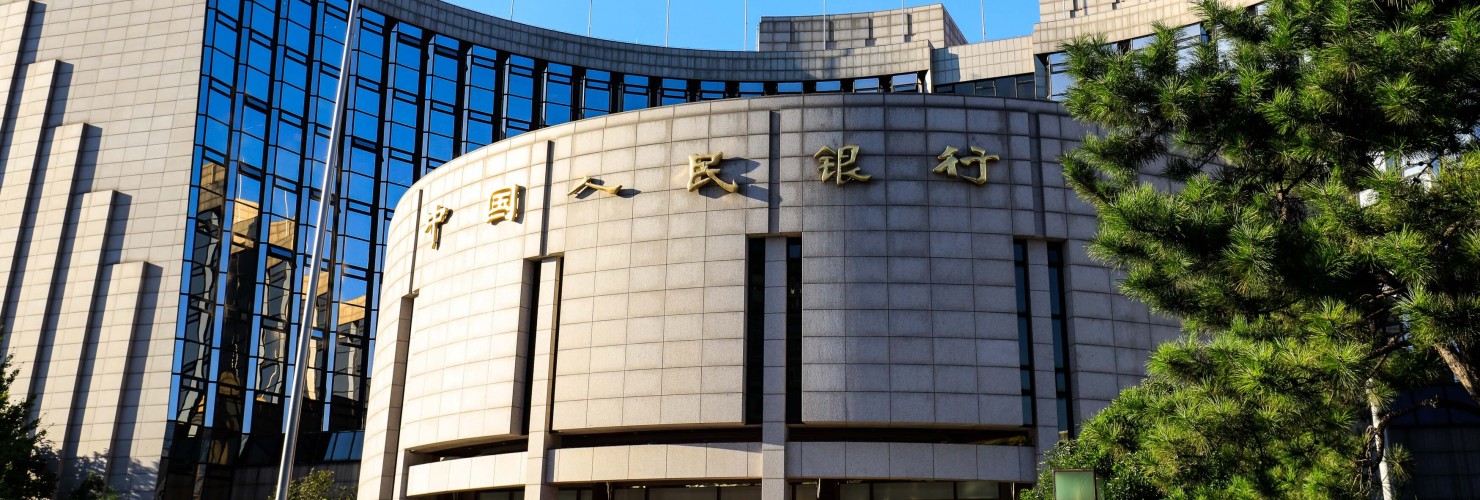

Technology control is changing hands: The undercurrents of China’s new digital money
In part one of a two-part series on the China’s new digital currency, Kai von Carnap argues that the introduction of the DCEP mainly is a move to harness China’s tech giants and hand back control to the central bank.
The phone screens of 50,000 citizens in Shenzhen lit up with messages conveying their owners they had won a digital “red envelope” worth CNY 200 on October 12. Roughly one out of six citizens had taken part in that city-wide lottery, costing the city government at least CNY 10 million. It would have probably cost much more, if third party providers like WeChat Pay and Alipay had been involved. But rewards were paid out in the Chinese central banks brand new digital currency, DCEP (Digital Currency/Electronic Payment).
DCEP rollout is an attempt to push back on private digital payment platforms
The DCEP’s rollout this year is an attempt by the People Bank of China (PBoC) to push back on China’s social media and payment platforms Wechat Pay and Alipay. After numerous legislative attempts in recent years, the digital currency is the first technological attempt by China’s top financial institute to contain their fast growing influence. The digital currency lends itself as an ideal vehicle to regain some control over financial security and stability the way Xi Jinping understands it – through technology controlled by the party state – and to establish the PBoC as the focal point of the underlying financial data ecosystem.
And control may be needed. Survey results differ, but, conservatively speaking, more than 80 percent of China 900 million mobile internet users frequently use their mobile phone for transactions. Chinese shoppers and merchants represent almost half the world’s digital wallet users. Alibaba and Tencent control 94 percent of the Chinese market, and the pandemic has only made their Alipay and Wechat Pay platforms even more popular. The duopoly controls hundreds of billions of customer funds and dealt with a transaction volume of USD 50 trillion in 2019. On top of that, the data flows produced by unceasing digital payment streams allow valuable analyses of metadata and inference about individual (shopping) behavior. Alibaba recently launched a new business model called “New Retail”.
The state digital currency offers only marginal technical improvements
Perhaps not surprisingly, then, DCEP is not fundamentally different to the existing digital payments systems. Once the new virtual currency is fully integrated into the existing digital banking infrastructure, Chinas central bank will act as an issuer and lender of new DCEP-units in a two-tier system, with the central bank at the first tier and commercial banks and third party payment providers at the second. Users will not notice much of a difference either. They can buy DCEP units, conveniently pegged to the CNY 1:1, via an app and then use them for everyday transactions using direct transfers or by scanning QR-codes.
The PBoC’s digital currency does offer some technological improvements like allowing unregistered small transactions, a novel accounting method, and slightly more security. But they are so marginal and even conservative that the question arises why an otherwise tech-focused Chinese Communist Party (CCP) shied away from real technological innovations such as consortium blockchains.
However, the fundamental shift of power dynamics between the China’s central bank and private financial lurks under the surface. Firstly, the new accounting model in combination with the two-tier distribution system will make sure that, unlike on Wechat Pay and Alipay, only the central bank will have full information about the sender and the receiver of any given transaction, unless both communicate on the same platform. Secondly, changes to legal and technical parameters mean that every transaction can be stopped more easily and undisclosed.
Ambiguity of Cybersecurity Law allows for extensive information skimming
The 2017 expansion of the Cybersecurity Law was criticized by experts for being too ambiguous. But it is exactly this ambiguity that appears to provide the legal basis for the PBoC to skim off information from any transaction. Furthermore, unlike transactions on WeChat and Alipay, the technical encryption standard used for DCEP was not designed with an eye on technical robustness primarily, but on being “opaque to the public but transparent to the [Chinese] government“. As the Alibaba-owned South China Morning Post newspaper put it: “There will be no transaction that regulatory authorities will not be able to see – cash flows will be completely traceable”.
Lastly, the job of distributing the new digital currency was for the first time also given to government institutions like Chinas four state-owned banks and its three telecommunications giants. Private payment providers, while certainly useful in providing their broad user base or hardware, will only play an accompanying role. In effect, the DCEP will make extracting information and exerting control over financial flows much easier for the PBoC, because the central bank can easily turn the two-tier system into one-tier system at various levels.
Broad adoption of DCEP would result in unprecedented financial transparency
If, or when, the DCEP is broadly adopted across the country, the Chinese government will be able to make use of unprecedented financial transparency and practice unprecedented real-time monetary and economic oversight. Transparency will be able to help with fiscal policies, tax collection or fighting fraud – and subject citizens to a menacing degree of social digital governance. To what extent citizens could lose control over their digital footprint has yet to be seen. But DCEP-related trials by the likes of facial recognition giant Sensetime suggest tough data protection will be needed.
So far, the DCEP has delivered more than three million transactions. So it is a long way off rivaling the one billion transactions that take place on WeChat – every day. On top of that, the company behind Alipay, Ant Financial, was excepted to raise USD 34 billion from its stock-market listing in Hong Kong and Shanghai, which would have made it the world’s most valuable IPO. This IPO was cancelled by China’s four top financial regulators: the PBoC has started to renegotiate socioeconomic and political power with China’s tech giants.
